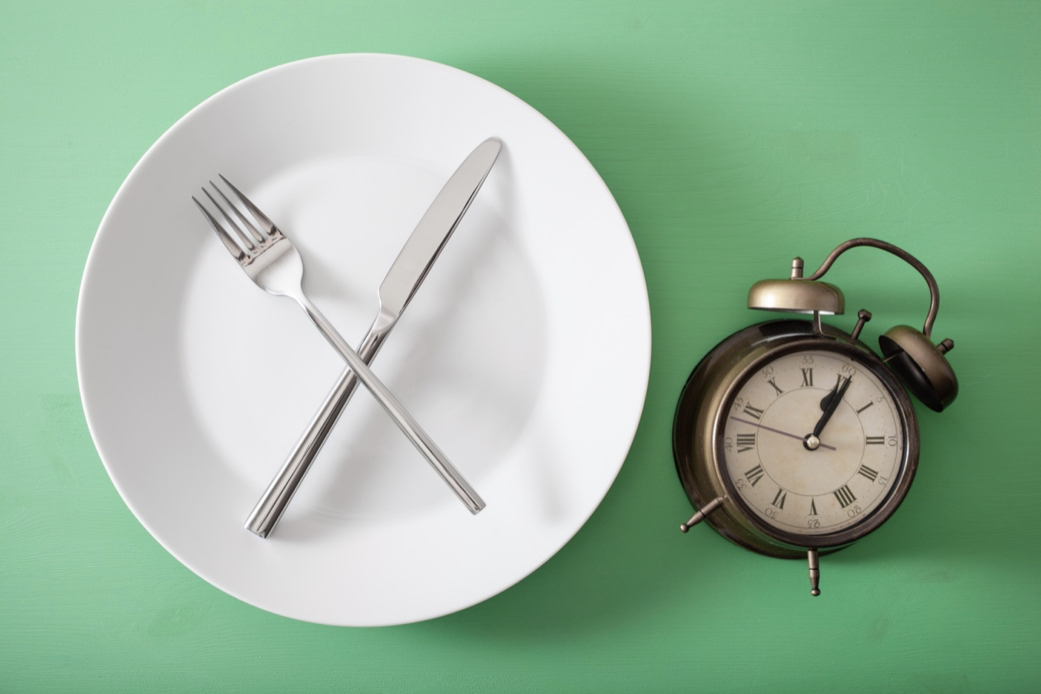Last year we published an article on the concept of food cues—what they are and how to recognize them. In case you missed it, food cues are triggers that cause the desire to eat, whether you’re hungry or not. They come in almost every form, including visual, olfactory, auditory, and emotional. This includes everything from boredom to the smell of a cooking burger, to neon signs advertising fast food.
Food cues are everywhere. Unrecognized and unmanaged, they can lead to mindless eating, which, in turn, can lead to weight gain. In this article, we turn out attention to strategies to help you manage your food cues and keep them from sabotaging your healthy weight loss.
Your personal food cues
The first step to developing strategies to combat your food cues is understanding your personal triggers. Not everyone responds to food cues in the same way. Wherever you are in your weight-loss journey, spend a few weeks analyzing your desires to eat and identifying what triggers those urges.
Maybe driving past your favorite café cues you to stop for a sugary coffee and pastry. Maybe watching a movie automatically cues you to pop some popcorn, even if you just ate dinner. Or maybe, your emotions play a role in your desire to eat, with negative feelings triggering you to reach for a snack. Whatever your personal food cues are, identifying them and understanding their causes will make it much easier to develop strategies for managing them.
How to overcome food cues
Eliminate the food cue
For some food cues, it may be possible to avoid, replace, or even entirely eliminate the cue. If seeing that café on your way to work is a trigger, take a different route to eliminate the cue. If having an unhealthy treat around the house cues you to eat, stop buying the food. It’s also shown that people tend to eat more when they use larger dishes—adapt that food cue by using smaller plates and bowls for your meals.
Wait, water, walk
The 3 Ws are a fantastic strategy for managing food cues:
- Wait: set a timer for ten minutes. Sometimes waiting out the urge to eat will allow the trigger to fade on its own.
- Water: pour a glass of water. Thirst can feel very similar to hunger, so some extra hydration may quell the food cue.
- Walk: go for a short walk. Physical activity is a great distractor from hunger and can help clear the urge from your mind.
Hunger cues, not food cues
If you’re still unsure whether you’ve been triggered by a food cue or if you’re actually hungry, turn to the physical signs of hunger. Food cues trigger “emotional hunger,” as opposed to “physical hunger.” As the name implies, physical hunger has physical signs you can recognize, not just psychological urges. These signs include:
- Empty-feeling or “growling” stomach
- Headache or light-headedness
- Irritability
- Inability to focus
- Fatigue or low energy
- Shakiness or weakness
Healthy weight loss with the Lap-Band® Program
Along with diet and exercise, understanding and managing your personal food cues are vital parts of your weight-loss journey. However, for some people, healthy eating habits and exercise may not be enough to reach their desired weight. If you have a BMI of 40—or 30 with at least one obesity-related comorbidity—and have a history of unsuccessful weight-loss via diet and exercise, the Lap-Band® Program may be your next step to a healthier lifestyle.
The Lap-Band is an adjustable gastric band that is placed around the upper portion of the stomach. This sections off a smaller stomach “pouch,” which helps control your feelings of hunger, as well as the amount of food you can consume. The Lap-Band Program features a faster recovery than other bariatric procedures, as well as sustainable, long-lasting weight loss. Learn more about how the Lap-Band Program works, or find more tips for weight-loss success on our blog.


